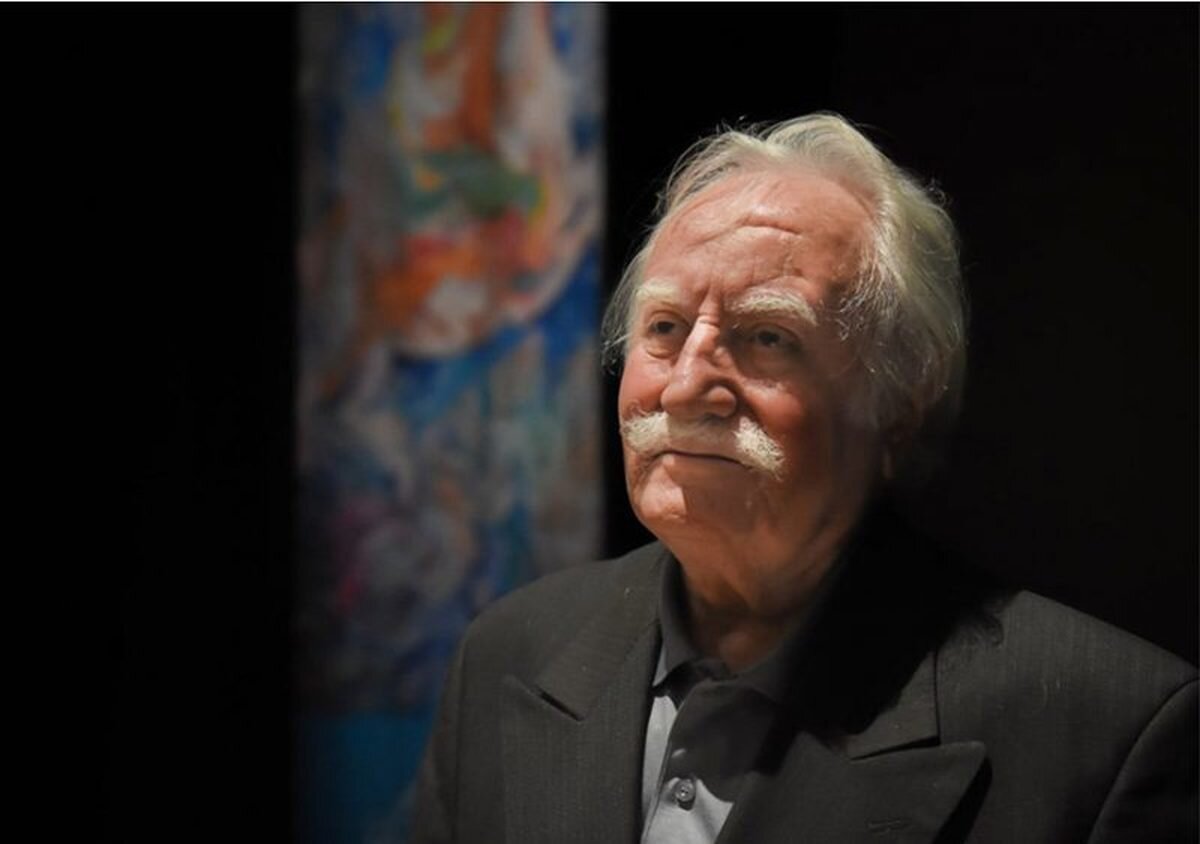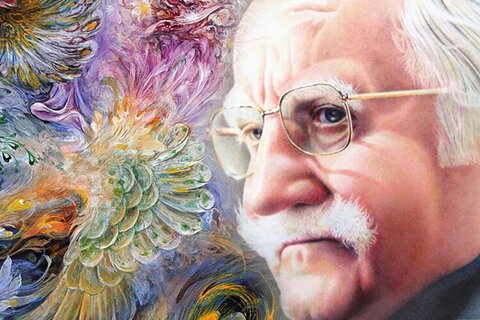Iran (IMNA) - Mahmoud Farshchian, a name synonymous with the revival and modernization of Persian miniature painting, emerged on January 24, 1930. His journey into the world of art was not merely a chance encounter but a destiny shaped by the influences of his childhood and the cultural richness of his surroundings.
Farshchian's early life was a tapestry of artistic exploration, nurtured by his father, a rug merchant with a deep appreciation for the arts. The young Mahmoud's fascination with art began under the tutelage of Haji Mirza-Agha Emami and Isa Bahadori, renowned masters of Persian art. His formative years were spent absorbing the intricate details of traditional Persian painting, a style that would later become the foundation of his innovative approach.
As he grew, Farshchian's artistic horizons expanded beyond the borders of Iran. He ventured into Europe, where he delved into the works of Western masters, allowing him to blend the timeless elegance of Persian miniatures with the dynamism of modern techniques. This fusion gave birth to a unique style that not only revitalized the traditional art form but also freed it from its historical dependency on literature and poetry.
Farshchian's paintings are a testament to his profound imagination and his ability to weave together the threads of classical poetry, Persian literature, and sacred texts into vibrant canvases. His works have been celebrated globally, gracing the walls of museums and galleries from Paris to New York. The Master Farshchian Museum in Tehran's Sa'd ābād complex stands as a tribute to his enduring legacy, showcasing over seventy of his masterpieces to enthusiasts from around the world.
One of Farshchian's most poignant creations is "The Evening of Ashura," a piece that captures the essence of one of Islam's most profound tragedies. This work, like many others, reflects his deep connection to his cultural heritage and his ability to convey complex emotions through the delicate strokes of his brush.
Throughout his illustrious career, Farshchian has been recognized with numerous accolades, including the Gold Medal at the International Art Festival in America and the European Gold Statuette of Art in Italy. These honors are not merely a testament to his skill but also to his role as a cultural ambassador, introducing Iranian art to the global stage.
As the years pass, Mahmoud Farshchian's legacy continues to inspire generations of artists. His contributions to Persian miniature painting have ensured that this ancient art form remains relevant and vibrant, a bridge between tradition and innovation. In the world of art, where timelessness is often the ultimate measure of greatness, Farshchian's works stand as a testament to the enduring power of creativity and cultural heritage.



Your Comment